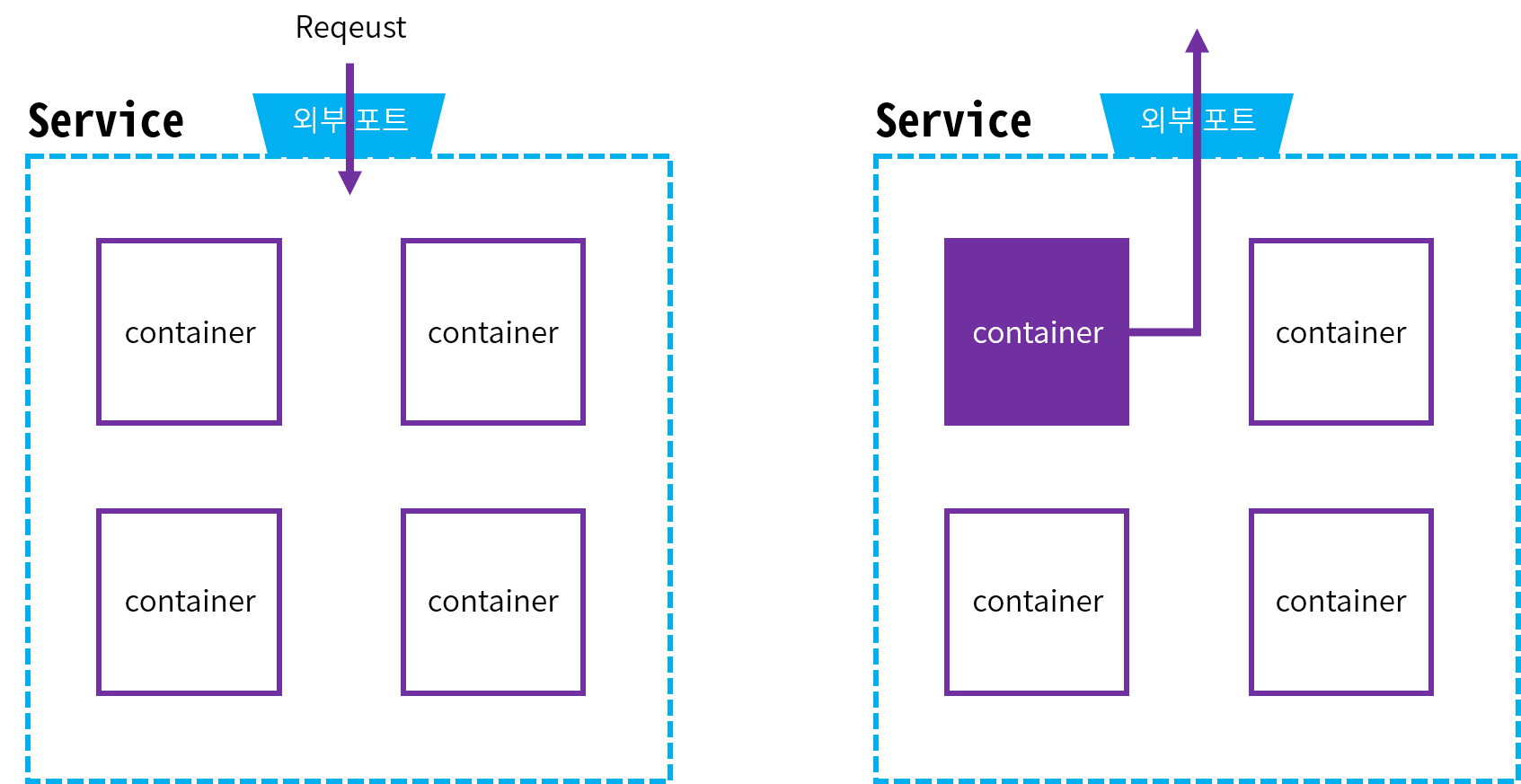


container ( str) – Container to connect to this network, as either.connect ( container, *args, **kwargs ) ¶Ĭonnect a container to this network. The raw representation of this object from the server. The containers that are connected to the network, as a list of The ID of the object, truncated to 10 characters. label (str|list): format either "key", "key=value" ids ( list) – List of ids to filter by.įilters to be processed on the network list.names ( list) – List of names to filter by.Similar to the docker networks ls command. scope ( str) – Filter the network by scope ( swarm, global.verbose ( bool) – Retrieve the service details across the cluster in.network_id ( str) – The ID of the network.create ( "network1", driver="bridge", ipam=ipam_config ) get ( network_id, *args, **kwargs ) ¶ ingress ( bool) – If set, create an ingress network which providesĭ – If the server returns an error.scope ( str) – Specify the network’s scope ( local, global or.Scope, non-service containers on worker nodes will be able to attachable ( bool) – If enabled, and the network is in the global.enable_ipv6 ( bool) – Enable IPv6 on the network.labels ( dict) – Map of labels to set on the network.internal ( bool) – Restrict external access to the network.check_duplicate ( bool) – Request daemon to check for networks with.ipam ( IPAMConfig) – Optional custom IP scheme for the network.
#DOCKER NETWORK INGRESS DRIVER#

For more information about networks, see the Engine documentation. The nginx-ingress-controller ingress controller deployment manipulates the nf file in the pod within which it is running.Create and manage networks on the server. Hello webhook world from: docker-hello-world-1732906117-7r89v Hello webhook world from: docker-hello-world-1732906117-6115l Hostname in the HTML output change, demonstrating that load balancing is Issue the cURL request several times to see the The last line of the output shows the HTML that is returned from the pod whose Hello webhook world from: docker-hello-world-1732906117-0ztkm Strict-Transport-Security: max-age=15724800 includeSubDomains Instead, the public access will be routed from the load balancer to the ingress controller, and from the ingress controller to the upstream service.Ĭreate the new hello-world deployment and service on nodes in the cluster by running the following command:Įxample output from the above command: HTTP/1.1 301 Moved Permanently The docker-hello-world service does not need public access directly to it. Note the docker-hello-world service's type is ClusterIP, rather than LoadBalancer, because this service will be proxied by the ingress-nginx ingress controller service. Image: scottsbaldwin/docker-hello-world:latest Setting Up the Example Ingress Controller A backend service called docker-hello-world-svc.The service exposes the backend deployment for consumption by the ingress controller deployment.This is done by using a stock hello-world image that serves the minimum required routes for a default backend. The deployment handles default routes for health checks and 404 responses. A backend deployment called docker-hello-world.Infrastructure integration/cloud-provider, a load balancer will be dynamically created with the correct nodes configured as a backend set. The service exposes the ingress controller deployment as a LoadBalancer type service. An ingress controller service called ingress-nginx.Nginx upstreams point to services that match specified selectors. The binary manipulates and reloads the /etc/nginx/nf configuration file when an ingress is created in Kubernetes. The deployment deploys an image that contains the binary for the ingress controller and Nginx. An ingress controller deployment called nginx-ingress-controller.The example includes an ingress controller and a hello-world backend.


 0 kommentar(er)
0 kommentar(er)
